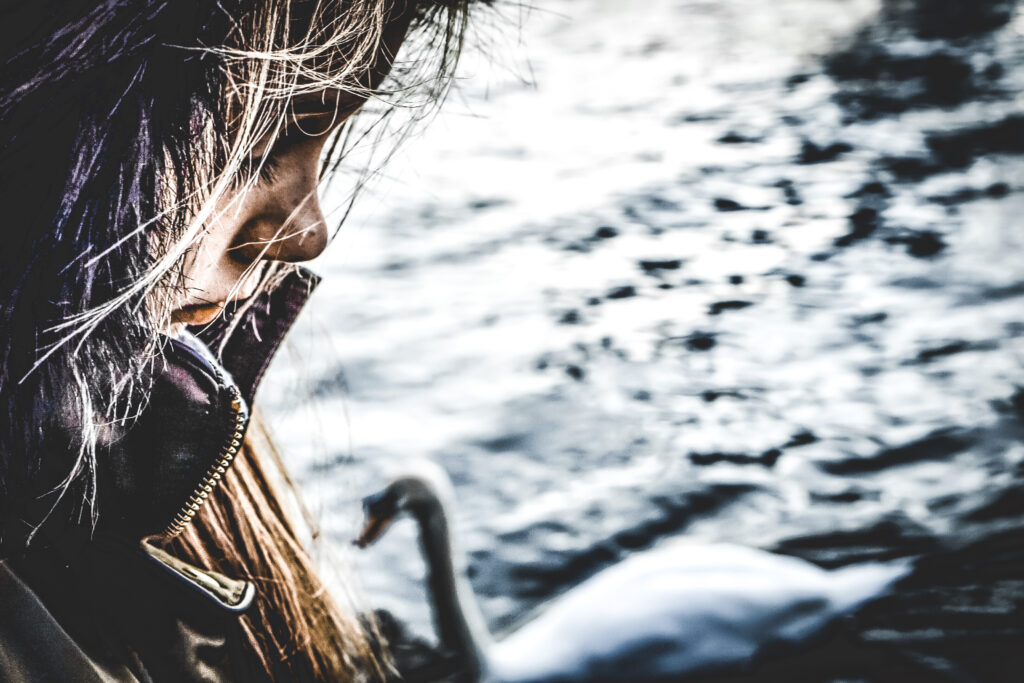In the Event of Flooding

“In the Event of Flooding” is part of the collection Indigenizing What It Means to Be Human. Read the introduction to the collection here.
This time an ark won’t do
Only fish or fowl
Adapt
Sew wings
between shoulder blades
slit gills into necks
Try to gain perspective:
fill our lungs and see how long platitudes
can keep us
floating
Sharks
flock to the city
wolves learn to keep
their head above water
And girls have been turning bird
since the beginning.
Uyaquq ataku aturciquq. [1] [1] Later the neck will sing.
Yes, there will still be singing
when the tide has swollen its fill
of giving
ground.
Paniyaqa aturkutartuq. [2] [2] My daughter will sing soon.
Yes, there will be singing.

























